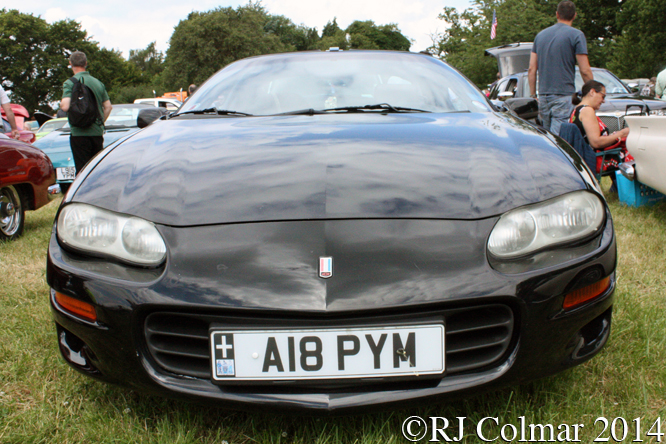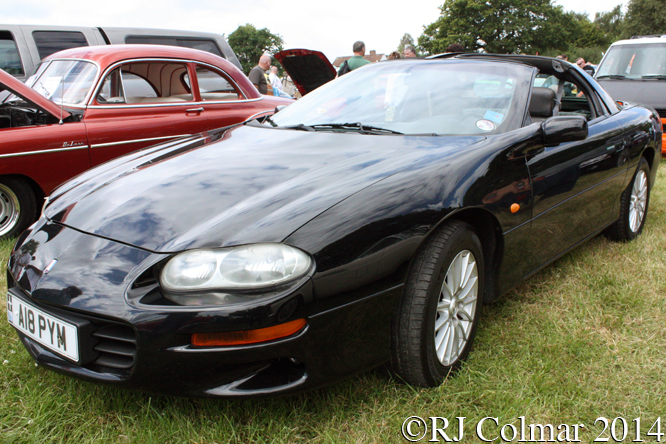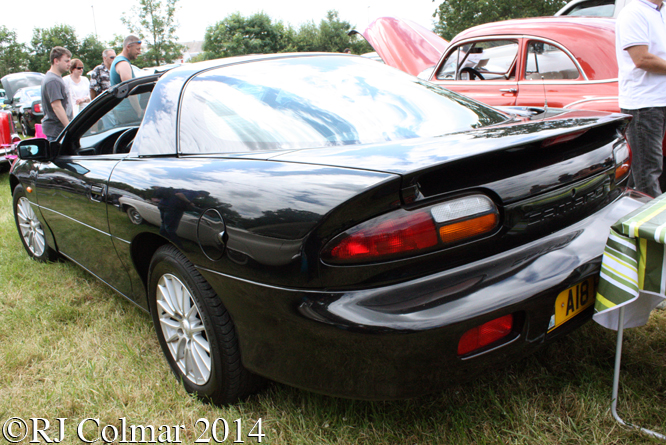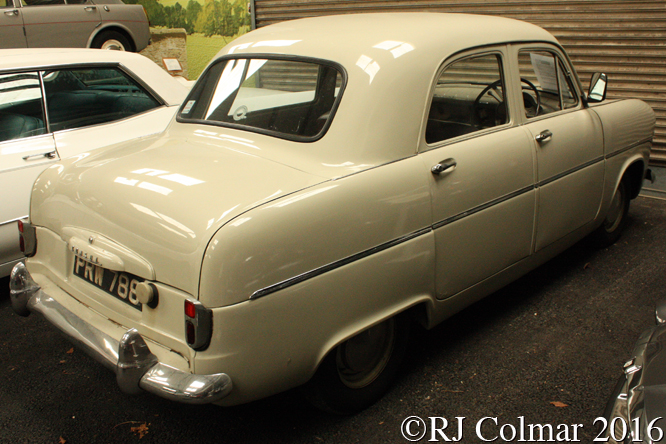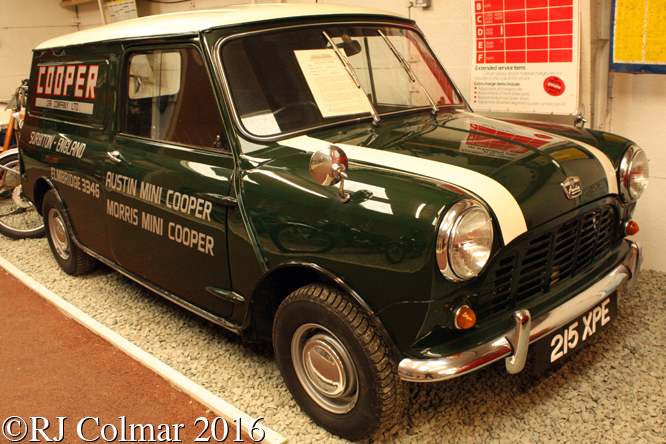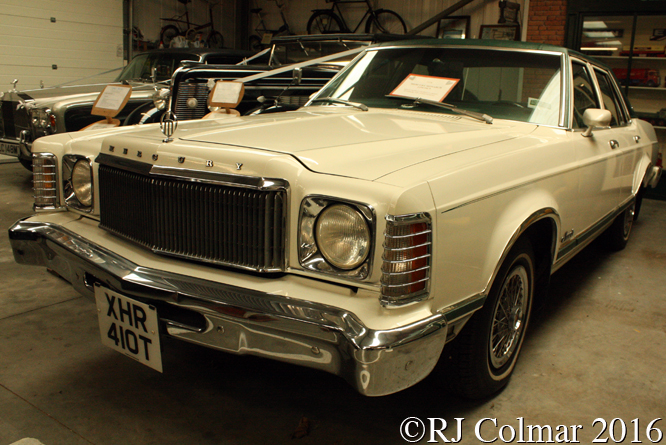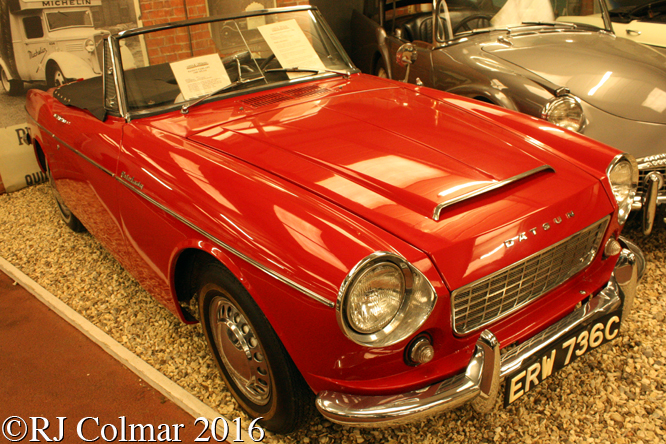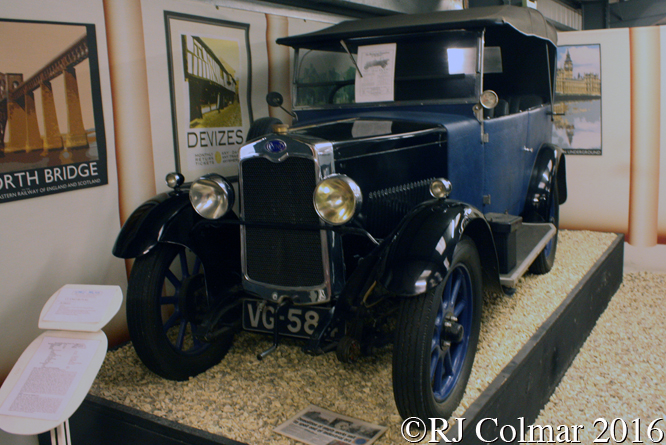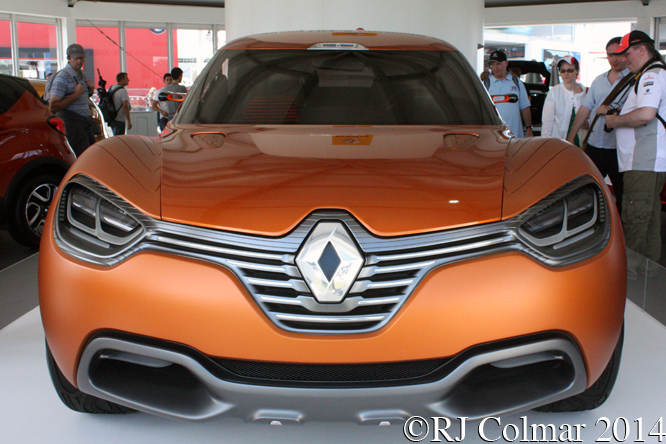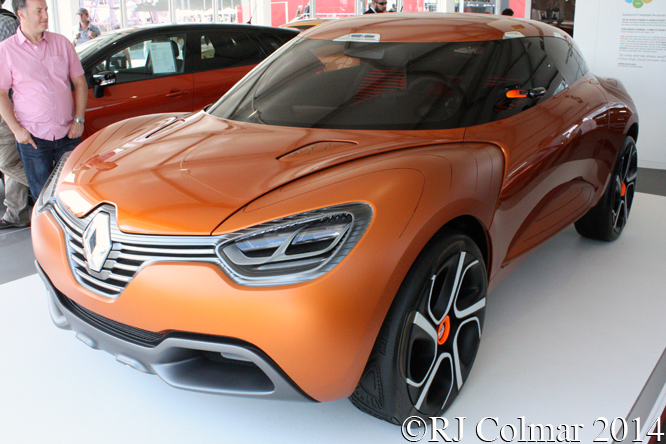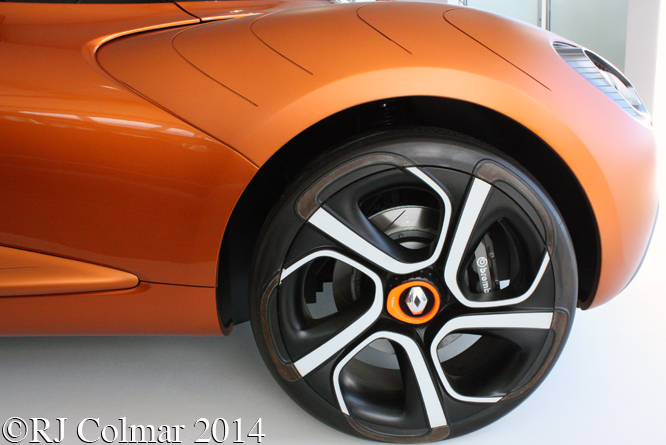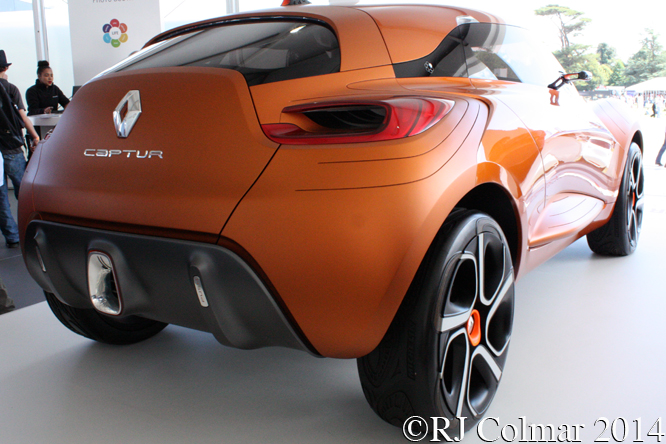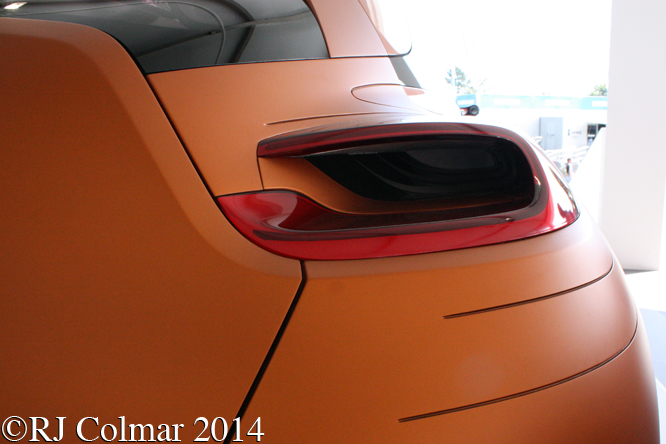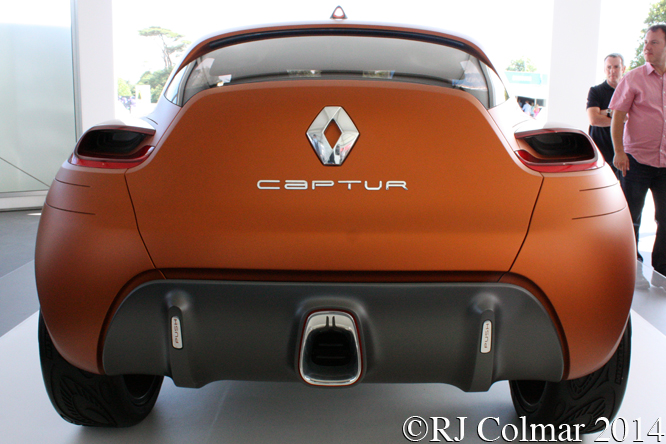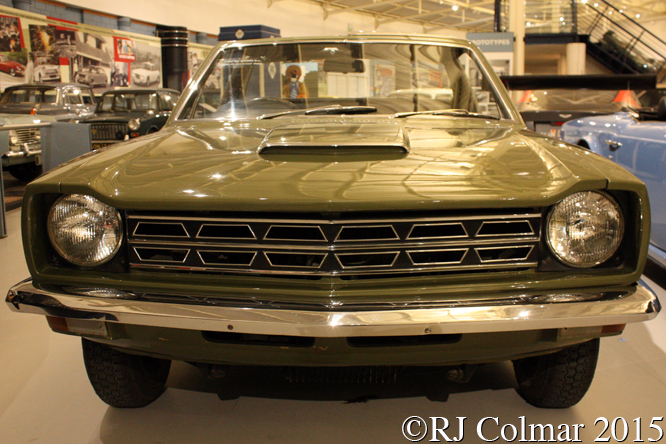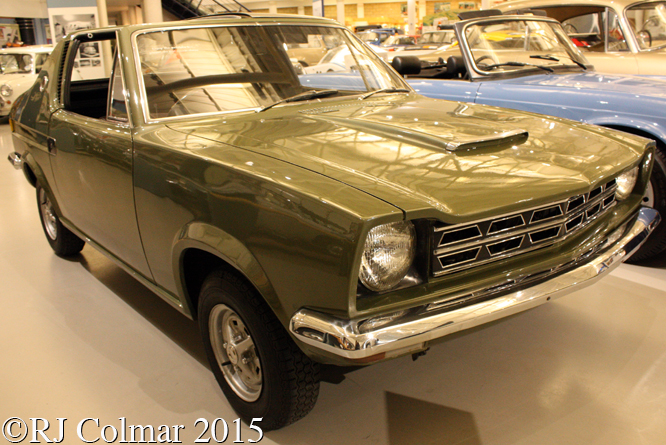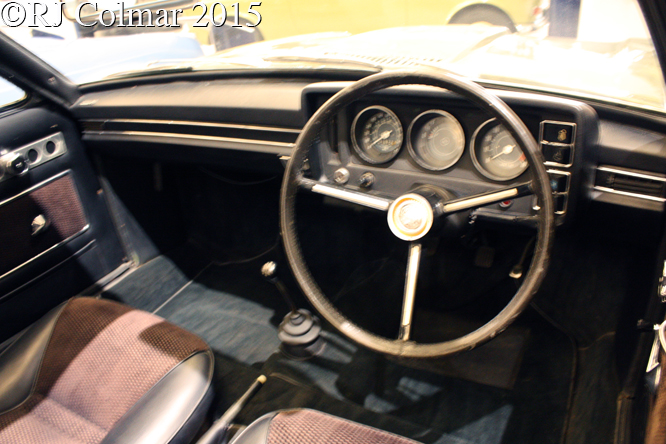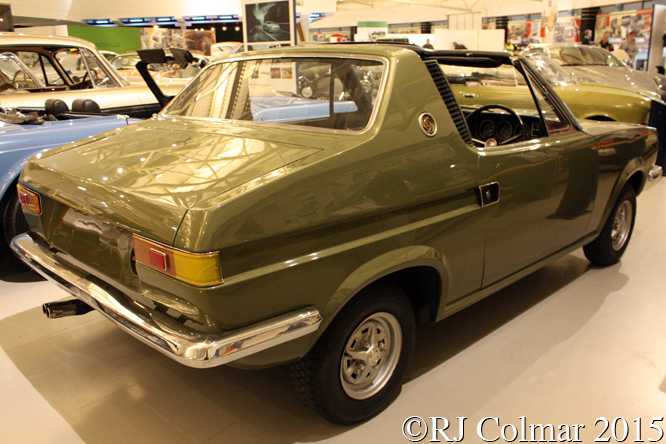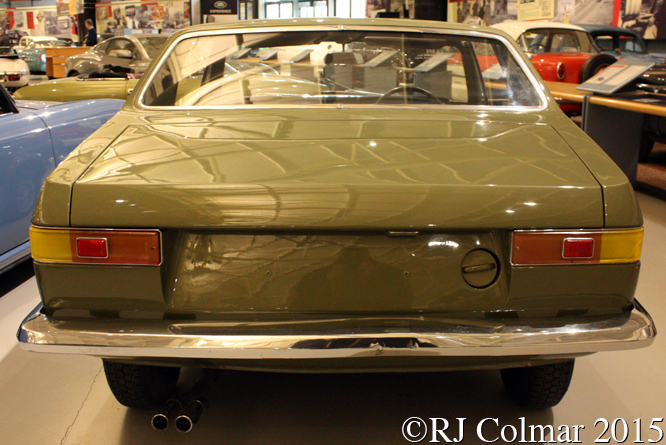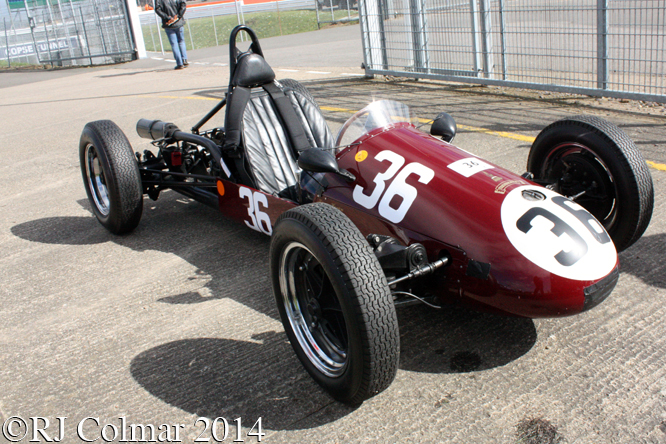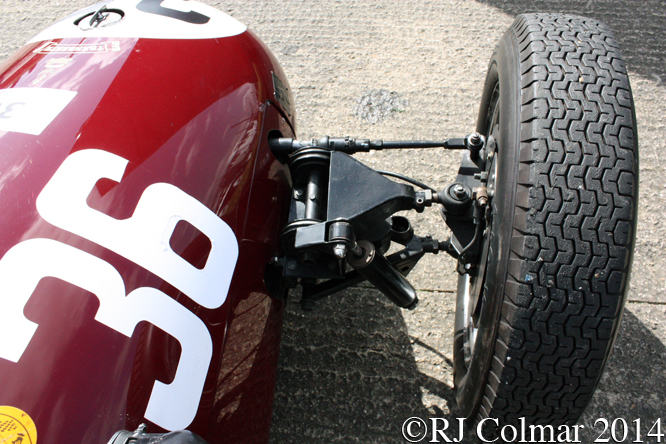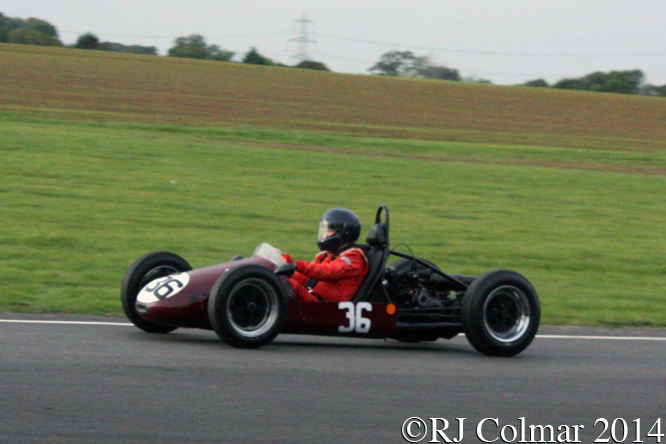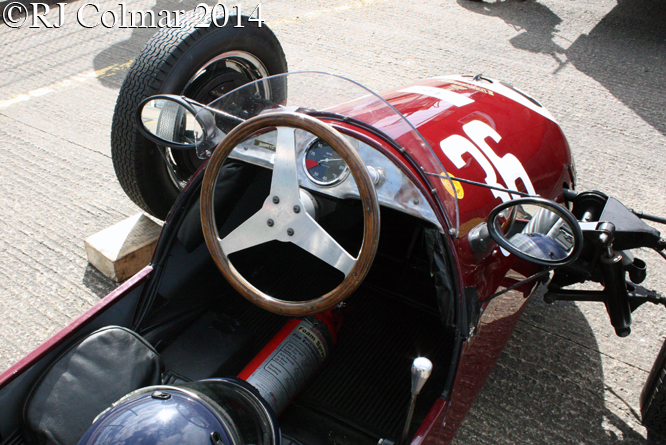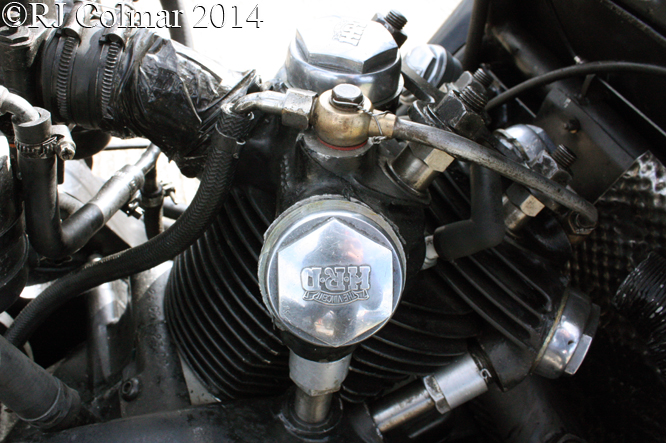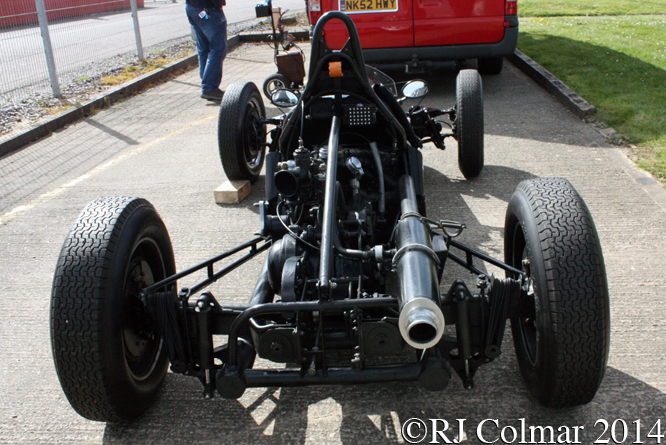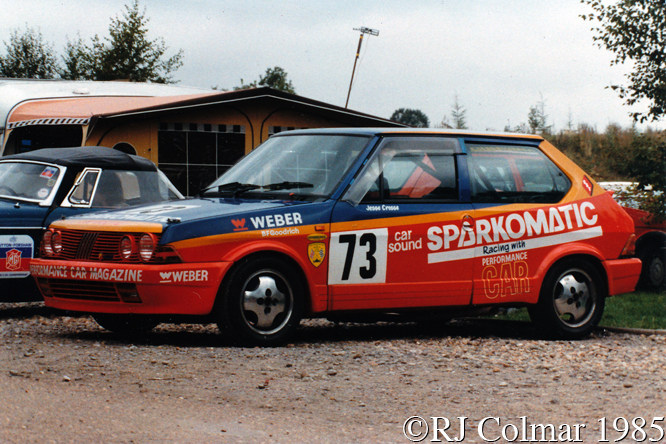From 1954 to 1959 it’s second generation 220 models known as the 220a and 220S on the W180 chassis all powered by 2.2 litre / 134 cui six cylinder motors upgraded from the first generation W187 to produce 84hp and 99hp respectively.
The more powerful 220S was introduced in March 1956, a twin carb 105hp engine was introduced the following year, with 4 speed column shift and an optional highly expensive to maintain Hydrak clutch which used micro switches to disengage the clutch, other differences included simplified chrome work with a single piece front bumper.
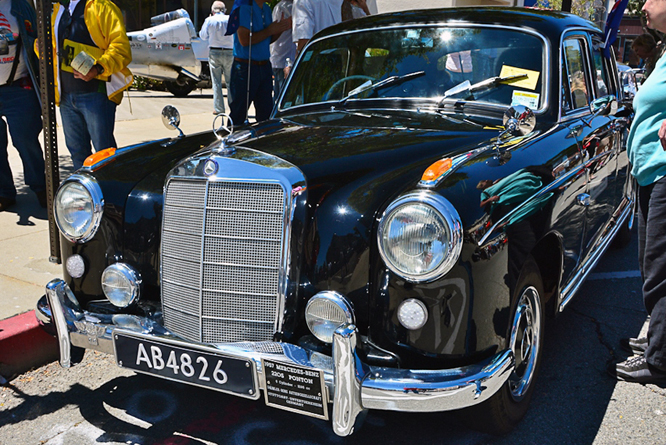
Today’s featured 220S photographed by Geoffrey Horton at the The Little Car Show, Pacific Grove, CA a couple of years ago was built in 1957 and registered in New Zealand on the 8th of November the same year.
Current owners Fred and Elisabeth Smits from the Netherlands now based in Wellington, New Zealand bought the car in 2003 and drove it over 24,000 miles before embarking on a thorough restoration in 2011.
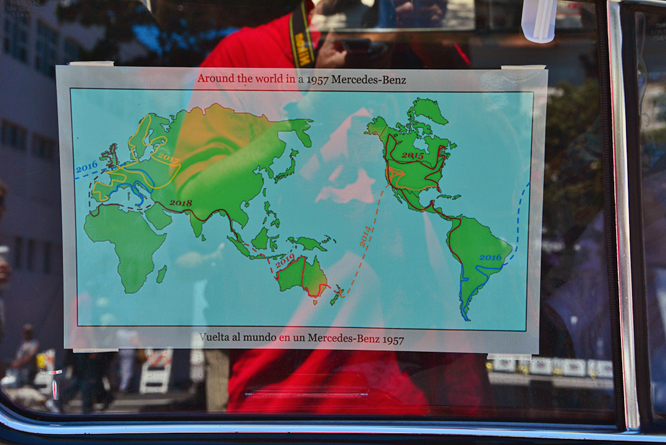
The body off restoration included replacing every bearing, bush and rubber component, rebuilding the engine which included replacing the complete cylinder head and all of it’s ancillaries along with the cam shaft, pistons, crankshaft, oil and water pumps.
The purpose of the restoration was to prepare the car for a 90,000 mile 5 year drive around the world crossing five continents, all except Antarctica.
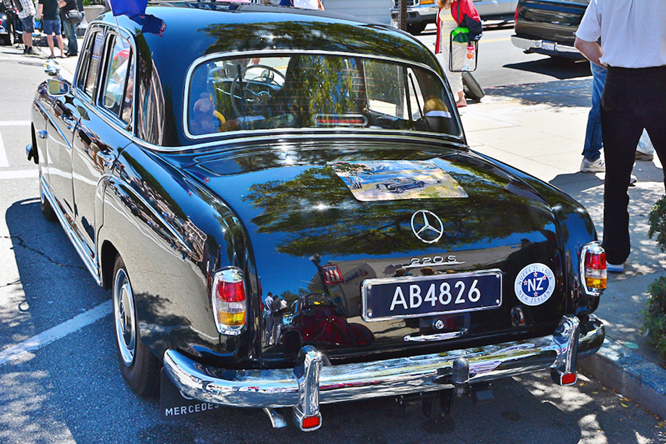
After much research the Smits chose to tow a light weight Zambezi Cross-Road tent trailer manufactured by Aart Kok of Heemstede, the Netherlands, to make themselves comfortable on route.
The 220S and the trailer were shipped to the USA in 2014 and at the time of writing they should be driving through South America before sailing to Europe having driven a loop around North America in 2015.
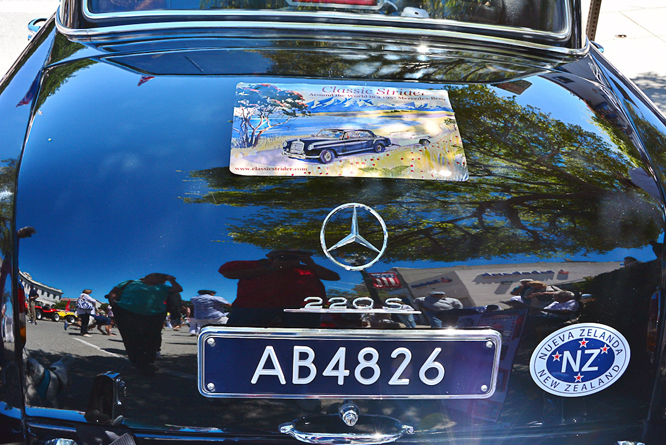
The Smits have set up a website about there travels linked here www.classicstrider.com
My thanks to Geoffrey Horton for sharing today’s photographs.
Thanks for joining me on this “Around The World In Five Years” edition of “Gettin’ a li’l psycho on tyres” I hope you will join me again tomorrow when I will be looking at a captivating concept car from Renault. Don’t forget to come back now !
